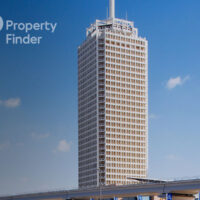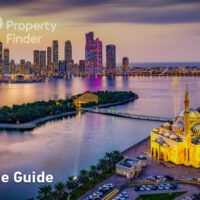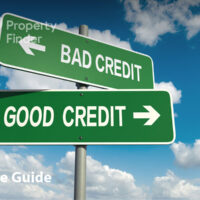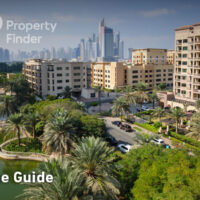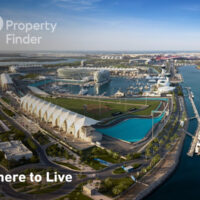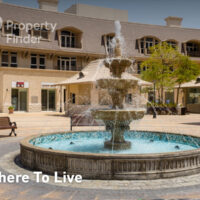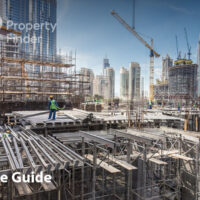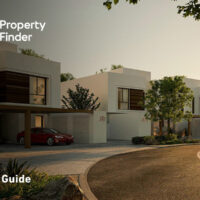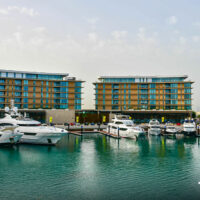This article was originally published in Propertyfinder Trends 2017, Vol 3
The anticipated interest rate hike has yet to come to fruition and banks are remaining competitive with very marginal increases in rates.
What does this mean for prospective buyers?
The common theme has been for banks to reduce competitive two or three-year rates to a one or two year fixed rate which then goes on to a higher reversion rate. This is how the vast majority of banks structure their mortgage products, or alternatively, they offer a variable rate linked to EIBOR from the outset. There is also a unique ‘fixed payment’ mortgage which should not be confused with a fixed rate, these payments remain the same for the mortgage term but the underlying rate is variable.
Three-month EIBOR continues to rise and has increased by over 130 per cent since January 2015, currently standing at approx. 1.56 per cent. The upward trend is expected to continue throughout this year and next. Generally, we are recommending clients to avail of a fixed rate as this gives comfort in knowing what their payments will be during that period, regardless of what happens to EIBOR. Once the fixed rate comes to an end, a new fixed rate can be negotiated in line with the bank’s current offers. With an EIBOR tracker the mortgage payments will increase in line with EIBOR, which isn’t attractive whilst rates are on the rise.
End-users make up the majority of our transactions. A familiar story is clients coming to Dubai with a three-year plan and finding themselves in year four with hundreds
of thousands of dirhams sunk into rental payments. They plan to stay for at least another three years (probably more) and don’t want to spend any more on rent. The affordability of villas and the increase in property stock has made the dream of owning a property more of a reality. They use what savings and investments they have to buy a property.
There are also a lot of investors, both resident and non-resident in the UAE, leveraging unencumbered property assets to make further property purchases by using mortgage financing. These are straightforward to arrange and can result in clients going from owning one property and generating rental income, to two properties, and making a healthy return on investment.
Off-plan financing is still restrictive, given the policy that a maximum of 50 per cent financing is available, which also depends on certain schemes and developments being listed with the banks. But where there are payment plans of 25 per cent payable under construction and 75 per cent at completion, we are assisting clients in making the nal payment to the developer by way of a mortgage. Similarly, when clients pay the full property value during construction, cash can be released back to those clients to use as they wish.
Although the market is relatively at, there are changes in policy that would help increase transactions. For example, relaxation of the Central Bank regulation of a minimum down payment of 25 per cent for properties under AED 5 million and 35 per cent for properties over AED 5 million, a reduced level of 20 per cent or 30 per cent respectively, would certainly help people realise their dream of owning a property in the UAE.
Small amendments like this would go a long way to reigniting the market. This change would not create a boom and bust as has previously been seen, but could gradually increase buying activity.
Click here to read the full report online (Adobe Flash required) or click here to download the PDF. To request a printed copy, drop us a line at marketing@propertyfinder.ae
Senior Mortgage Consultant, Mortgagefinder.ae





